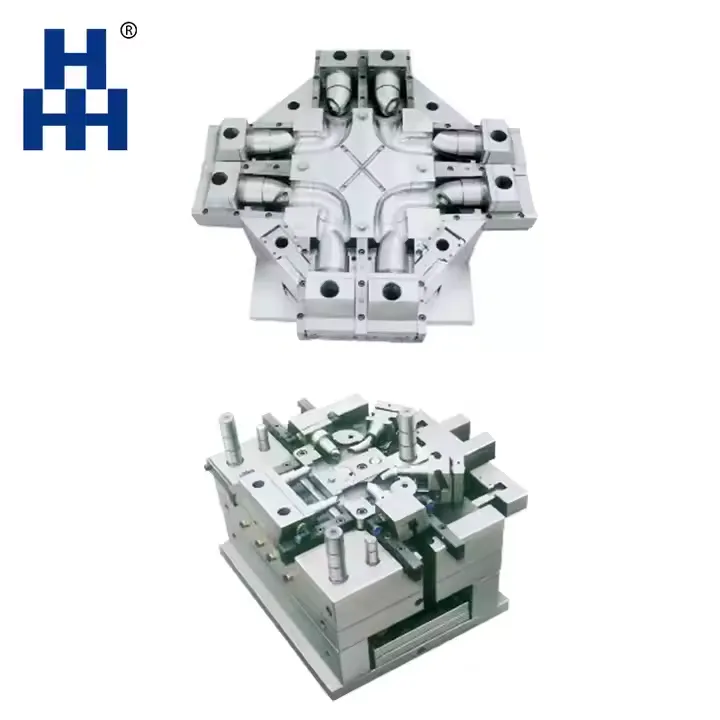The design of an injection mold should think about more than just the materials they will employ but also about how every piece will work under the real pressures. Molds that fail early are frustrating and expensive in terms of time wastage and frustration so durable design is worth investing. It does not matter whether it is automotive, electronics, or consumer goods, the idea is to have a reliable mold which produces consistent parts with minimal downtime.
Key Factors in Designing Long-Lasting Injection Molds
Choosing a strong material is the first stage in making a long-lasting injection mold. Steels like H13 or P20 will survive much longer than aluminum, which is the greatest choice for prototypes. Making bad decisions may cause cracks or deformation. Then check the actual mold design. Good design also does not have sharp corners, thin walls and uneven thicknesses and appropriate cooling channels do not cause thermal damage and reduce cut cycle times. An intermediate sized electronics company reduced maintenance expenses by more than 20 percent and increased mold life by 2 times by enhancing cooling flow, wall balancing and changing to nitride tool steel.
Choosing the Right Mold Steel and Components for Durability
The most essential factor in producing a long-lasting mold is choosing the right mold steel, since a poor choice may result in collapse or failure. With high volume production, the hardened steels of H13, S7 or P20 are used, H13 is heat and shock resistant, P20 is softer, and is used with medium runs. In case of a material that is abrasive like glass-filled plastics, stainless steels which include 420 or 440C are resistant to corrosion and wear. Heat treatment and surface finishes such as nitriding or chrome plating increase the life of the product and quality bases, guide pins, and ejectors minimise wear and alignment problems. For example, a company producing automotive clips using plastics changed to H13 using nitriding and precision ejectors pins, which increased the life of the mold to more than 200,000 shots without significant repairs as compared to 50,000 shots.
Tips to Reduce Wear and Tear in High-Cycle Molding
In high-cycle molding, wear reduction comes down to the smallest details: be sure that moving parts such as slides, lifters, and ejector pins are in place, lubricated, or self-lubricated, and wash hands frequently as there is no any dirt that feels like sandpaper. Do not run molds excessively fast, additional heat and pressure reduce life, therefore maximize the cycle time to allow molds to cool and achieve improved part quality. Proper ventilation eliminates accumulation of gases leading to burns and erosions and rotating of the moulds between machines is used to evenly distribute wear. An example of this is a beverage cap factory that employed guided ejection, frequent lubrication and staggered molds between two presses, which increased the life of their core inserts.
Design Strategies to Minimize Mold Maintenance and Downtime
The main secret behind relatively less cost in maintaining molds and maintaining a consistent production process is availability and ease: make interchangeable inserts in high-wear zones, such as gates, cores, and ejector pins, so only damaged items have to be replaced, and have pins, bushings, and screws standardized to make them readily available as spares. Use simple mechanisms, finishes that are wear resistant such as nitriding or chrome, and open cooling passages to be easily flushed so as to prevent scaling. A medical equipment manufacturer has incorporated fast-access side inserts and standardized ejector pins and reduced repair time to less than two hours, and eliminated the delays that were eating up a fortune.


